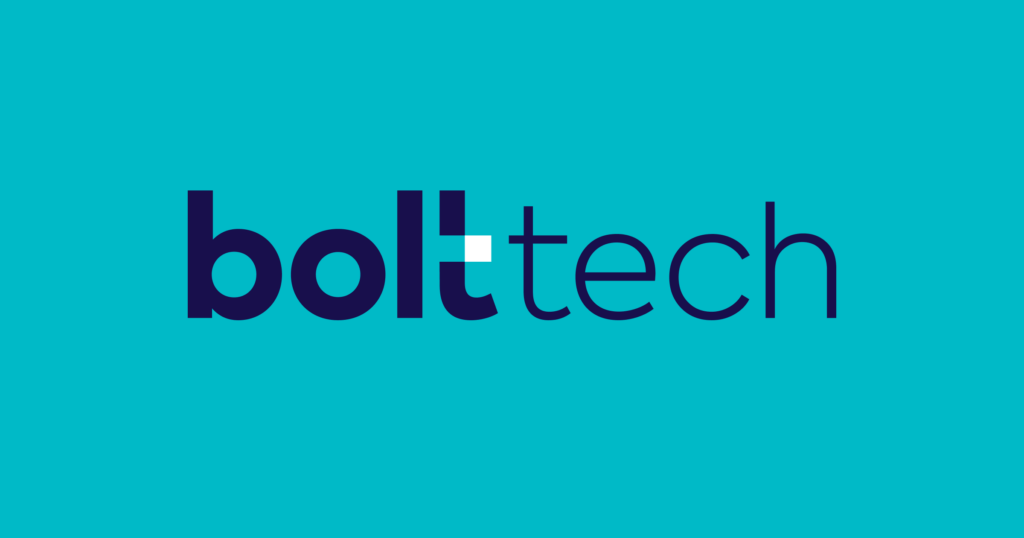Understanding Online Customer Expectations: Personalization

Insurance customers now do more shopping online than ever before. Rapid development of digital technologies combined with the impetus of the COVID-19 pandemic spurred a wave of customers toward online platforms for everything from groceries to insurance coverage.
As customers shop online, they develop expectations for the experience. By pairing key technological tools with fast connections to agents and customer service support, insurers can fulfill customer expectations. The result: more satisfied customers and better customer loyalty.
What Do Customers Expect Personalized Service to Look Like?
“Seeking personalized coverage, customers are inviting insurers to respond with a new generation of insurance centered on connecting with customers and limiting losses,” write IBM leaders Christian Bieck, Andrew Ellis and Wendy Newlove. Customers’ expectations for personalized coverage thus become an opportunity for insurers to improve customer service while also addressing their own financial health.
What does the customer desire for personalization look like? While different customers prioritize different features of personalization, most are looking for experiences that feel personalized in the following ways:
- Platforms that recognize their input. Whether it’s an insurance company account that stores all their relevant data or a platform that moves data seamlessly from mobile to desktop and back, customers expect their digital interactions to be recognized and remembered.
- Coverage tailored to their behavior. Customers developed a new interest in on-demand and telematics-based insurance during the pandemic, when they saw their driving, home use and business habits change. Coverage that takes their unique needs and patterns of behavior into account is now of keen interest for customers.
- Expert assistance where and when they need it. While online shopping has acclimated customers to doing some research on their own, customers still want quick access to a human expert when they have specific questions. Being able to reach an agent or customer support person is a must.
Digital transformation in insurance has made it possible for insurers to provide a customer experience personalized in these ways. To build that experience, insurers will need to choose the right technologies and integrate them with the work of brokers, agents and staff members.

To Make Personalization Easy, Make It Automatic
Automating personalized service benefits both customers and insurers. As a result, some insurers have rapidly embraced automation as a means to create a personalized customer experience that meets many of the same expectations an in-person experience does, says Uwe Stuhldreier, an executive at digital direct insurer HUK24.
Others lag behind these trend-setters. Yet all property and casualty insurers do well to prioritize creating the experience customers want. One of the best ways to succeed is to embrace automation strategically.
For many years, P&C insurers have pursued an omnichannel approach to insurance coverage. Omnichannel access allows customers to obtain quotes and coverage from any device at any time.
Done well, a commitment to easy access and transference between devices and platforms provides a personalized feel to insurance shopping for customers. For instance, customers who can start filling out a form on their phone, then find all their information saved when they switch to their home computer, feel recognized and supported in the process. Predictive forms and prefill form options can also speed the process and tailor it to the customer.
To make seamless interaction a reality, insurers will need to leverage several different technologies. One is the use of APIs, which connect multiple systems to allow them to share data easily, writes Salesforce senior vice president and general manager for insurance Raja Singh. For the customer, the entire insurance experience takes place on one platform; in the background, APIs gather, organize and transmit information among as many systems as necessary to meet the customer’s needs.
Tools that allow for seamless handoffs between digital and human insurance contacts are essential as well. Customers seeking help from a human expert don’t want to repeat all the information they have already provided via a form or app. They want to ask their question right away.
Here, APIs and automated form tools can help ensure that human helpers have the information they need to contextualize the customer’s question, even if that information was gathered digitally. Agents and customer service staff can focus their energies on the customer’s specific question rather than on the administrative task of gathering basic data. This streamlines their work and provides a more personalized experience for the customer.
Continued use of digital personalization tools will deepen customer relationships. It may also usher in an era of hyper-personalization, in which insurers can respond to each customer’s specific circumstances in the moment, write Avril Castagnetta and Bhuvan Thakur at EY. In that future, customers partner with insurers to ensure that the right coverage is placed every time.
Images by: dolgachov/©123RF.com, giggsy25/©123RF.com
Further Reading
Featured
 18 June 2024
18 June 2024
 15 August 2024
15 August 2024
 1 July 2024
1 July 2024
